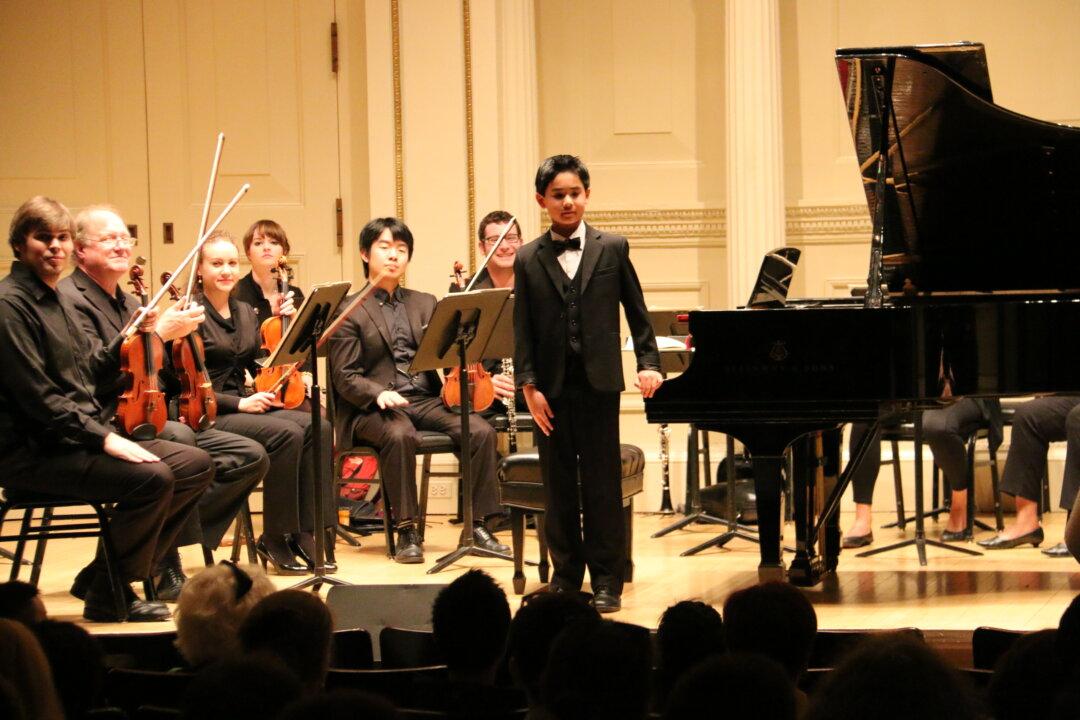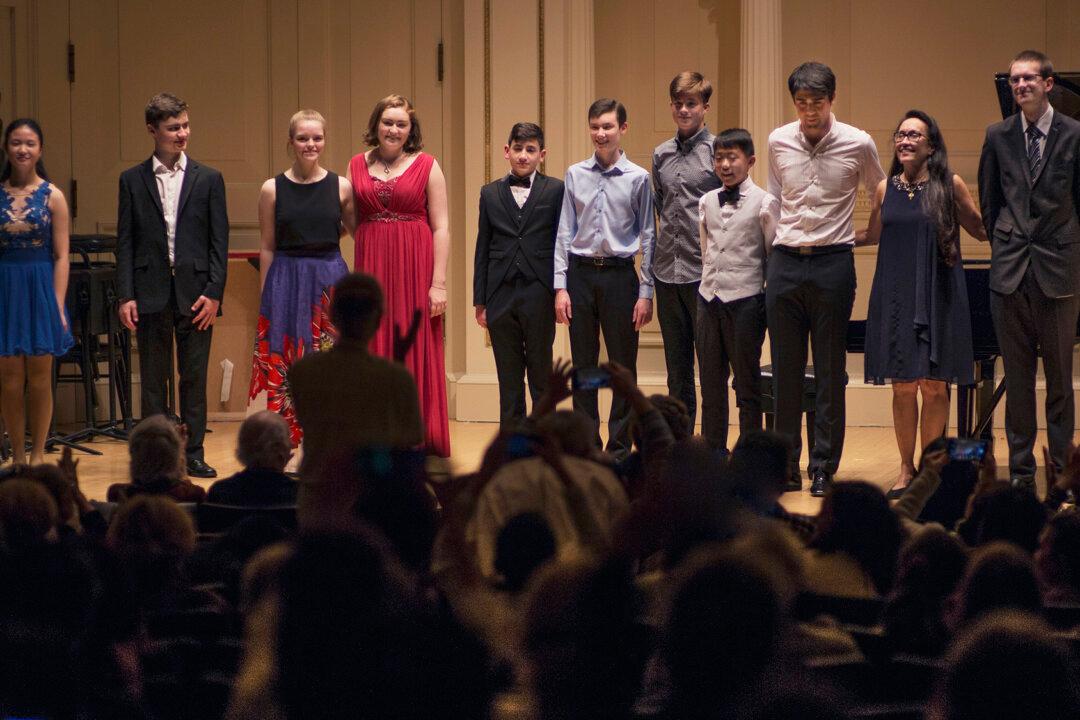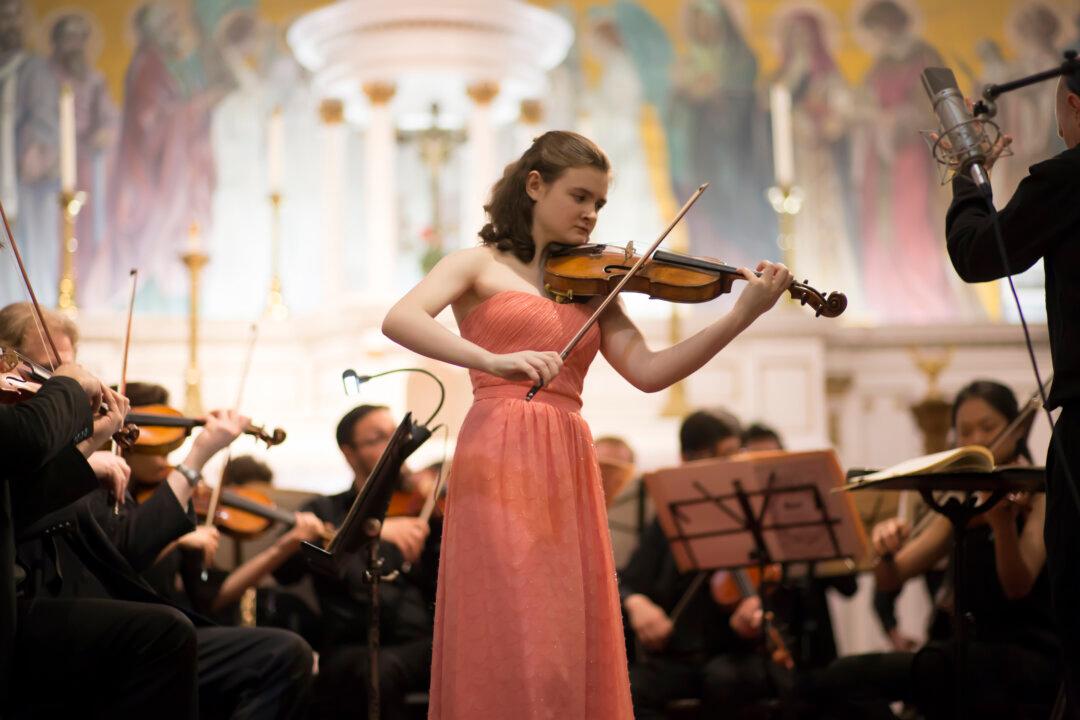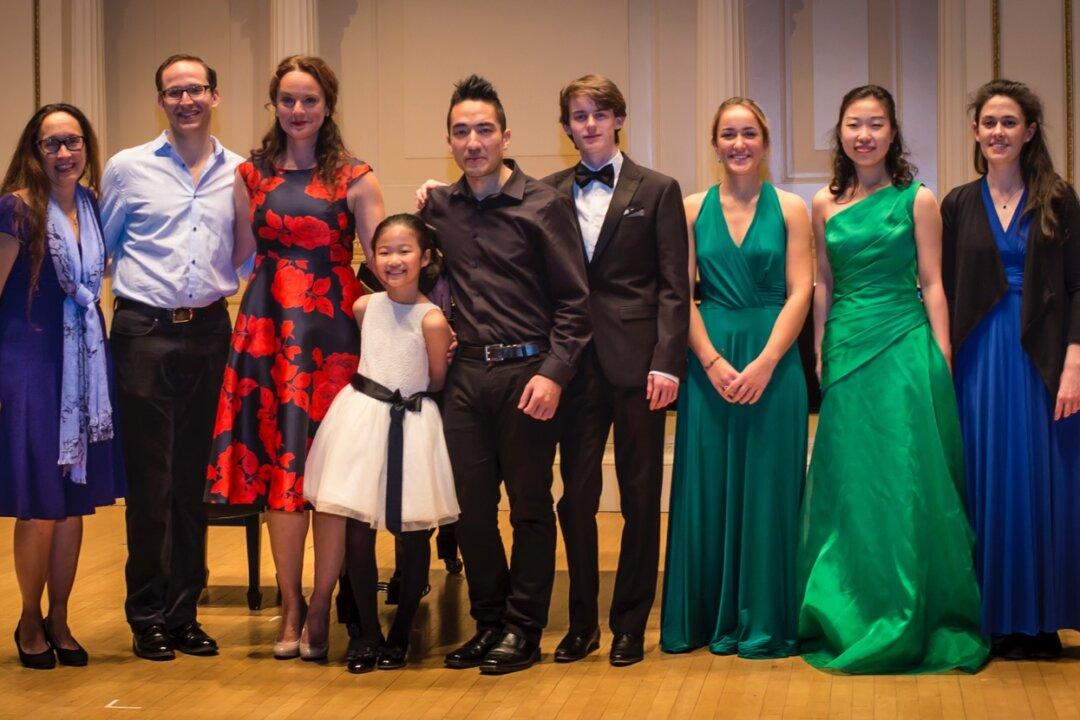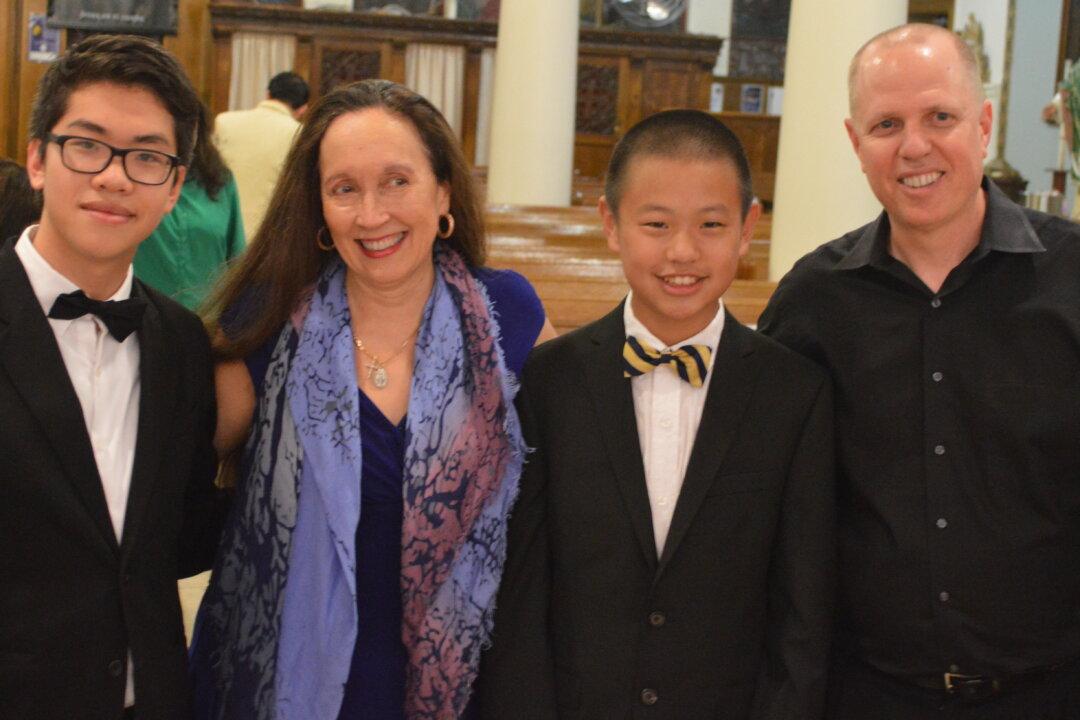NEW YORK—A dazzling array of superb, award-winning musicians was on display at Carnegie Hall’s Weill Recital Hall on May 3, as the New York Concerti Sinfonietta presented the First Prize winners of its 2015 International Shining Stars Competition.
Dr. Julie Jordan, who is celebrating her 30th anniversary teaching in The Juilliard School Evening Division, is the founder and artistic director of the Sinfonietta and its international competitions.
The Irish Connection
It has been said that Dr. Jordan, an accomplished pianist, “has a talent for finding talent.” A feature article in the May 1, 2015 issue of the Epoch Times was devoted to her activities.
Such was the plethora of talent discovered by Dr. Jordan that two supplemental concerts were necessary to fully display all the prizewinners.

